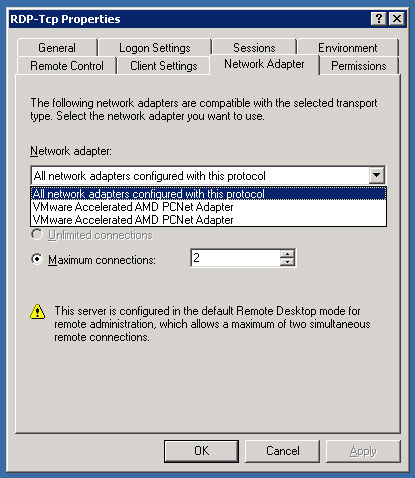I was adding a new SCSI/SATA controller card to an HP MSA 1510i. I had shut down the unit to perform the work and after rebooting I could not connect to the management interface. I checked the small interface on the front and the system was attempting to get a DHCP address. I reset the address for management and was able to connect but the password had reset to the default. At that point I determined it had dumped its configuration. [more]
The LUNs were fine just could not communicate over iSCSI. If you have ever configure a MSA 1510i you know they are not very straight forward. I was able to get everything back communicating and the VMware servers back online without too much trouble. Lesson learned was to make sure and document the configuration of a device or back it up. Unfortunately the MSA 1510i does not allow configuration backups. It’s also good to document because I had lost access to information at our office, such as passwords and IPs, because the ISA server (which is a VM) was offline.

